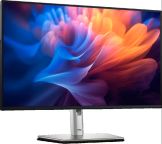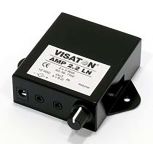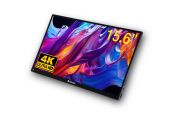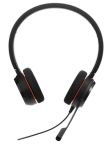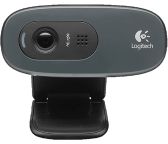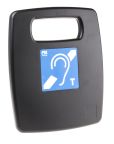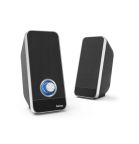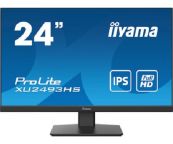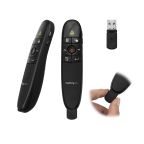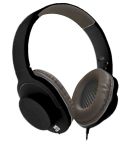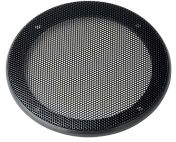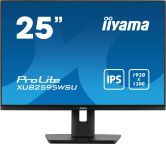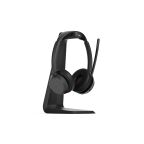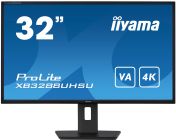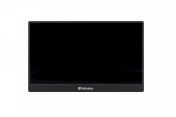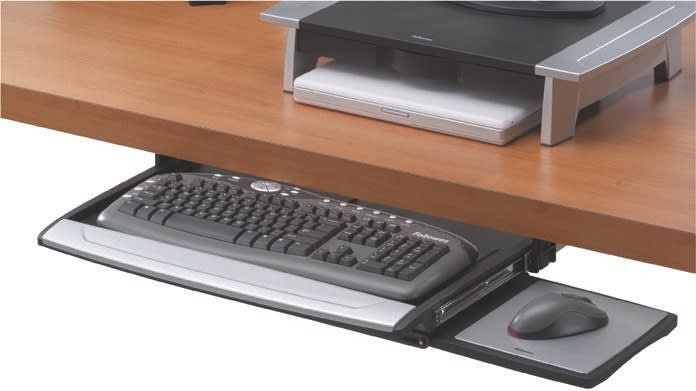962 Products showing for Audio & Video
Better World
- RS Stock No. 194-386
- Mfr. Part No. P2725HE
- Brand Dell
- Model P2725HE
- Screen Size 27in
- Viewing Angle 178°
- Better World Product Yes
Product Information Sheet
Each
£267.37(exc. VAT)
- RS Stock No. 352-2698
- Brand RS PRO
- Microphone Type Hand Held Microphone
- Frequency Response 70 Hz → 14 kHz
- Wired/Wireless Wired
- Connector 6.3 mm Mono Plug
Each
£14.96(exc. VAT)
- RS Stock No. 197-6428
- Mfr. Part No. AMP 2.2 LN
- Brand Visaton
- Amplifier Type Stereo Amplifier
- Rated Power Output 2.1 W
- Frequency Response 40 Hz → 40 kHz
- Operating Voltage 12V dc
Each
£44.96(exc. VAT)
Better World
- RS Stock No. 600-207
- Mfr. Part No. 32238
- Brand Verbatim
- Features Touchscreen
- Model 32238
- Screen Size 16in
- Maximum Resolution 3840 X 2160
Product Information Sheet
Each
£322.71(exc. VAT)
- RS Stock No. 893-7503
- Mfr. Part No. 4999-823-109
- Brand Jabra
- Headphone Type On Ear Headset
- Wired/Wireless Wired
- Colour Black
- Connectivity USB A
Each
£54.27(exc. VAT)
- RS Stock No. 125-4274
- Mfr. Part No. 960-001063
- Brand Logitech
- Features Built-In Microphone
- Maximum Resolution 1280 x 720
- Model C270
- Connection Type USB 1.1
Each
£48.85(exc. VAT)
- RS Stock No. 523-027
- Mfr. Part No. PL1/K1
- Brand Signet
- Induction Loop Type Portable Induction Loop
- Frequency Response 100 Hz → 5 kHz
- Weight 1.7kg
- Height 300mm
Each
£138.13(exc. VAT)
- RS Stock No. 325-200
- Mfr. Part No. 00173133
- Brand Hama
- Speaker Type PC Speaker
- Model Sonic LS 206
- Frequency Response 50 → 20000 Hz
- Indoor/Outdoor Use Indoor
Each
£17.45(exc. VAT)
- RS Stock No. 238-9417
- Mfr. Part No. XU2493HS-B4
- Brand iiyama
- Model ProLite XU2493HS-B4
- Screen Size 24in
- Maximum Resolution 1920 x 1080 Pixels
- Screen Type LCD
Product Information Sheet
Each
£219.48(exc. VAT)
- RS Stock No. 186-1981
- Mfr. Part No. PRESREMOTE
- Brand StarTech.com
- Dot Colour Red
- Laser Class Class 2
- Battery Size AAA
- Length 134mm
Each
£45.51(exc. VAT)
- RS Stock No. 201-3524
- Brand RS PRO
- Headphone Type Over Ear Headset
- Wired/Wireless Wired
- Colour Black
- Connectivity Jack Plug
Each
£23.29(exc. VAT)
- RS Stock No. 197-6423
- Mfr. Part No. Grille 10 R/134 OL
- Brand Visaton
- Colour Black
- Grille Shape Round
Each
£7.30(exc. VAT)
- RS Stock No. 201-3522
- Brand RS PRO
- Speaker Type PC Speaker
- Impedance 4 Ω
- Nominal Rated Power 10 W, 22W
- Frequency Response 40 → 20KHz
Each
£89.41(exc. VAT)
- RS Stock No. 150-996
- Mfr. Part No. XUB2595WSU-B5
- Brand iiyama
- Model ProLite
- Screen Size 25in
- Maximum Resolution 1920 x 1200
- Screen Type LED
Product Information Sheet
Each
£260.08(exc. VAT)
- RS Stock No. 267-5485
- Mfr. Part No. RZ-B310W
- Brand Panasonic
- Headphone Type Earphones
- Frequency Response 2402 → 2480 MHz
- Wired/Wireless Wireless
- Colour Black
Each
£119.63(exc. VAT)
- RS Stock No. 283-5378
- Mfr. Part No. 1600-0270
- Brand Ansmann
- Dot Colour Red
- Laser Class Class 2
- Battery Size LR41
- Length 60mm
Each
£7.74(exc. VAT)
- RS Stock No. 218-189
- Mfr. Part No. 1001138
- Brand Sennheiser
- Headphone Type On Ear Headset
- Frequency Response 20 - 20000 Hz
- Wired/Wireless Wireless
- Colour Black
Each
£267.80(exc. VAT)
- RS Stock No. 151-009
- Mfr. Part No. XB3288UHSU-B5
- Brand iiyama
- Model ProLite
- Screen Size 32in
- Maximum Resolution 3840 x 2160
- Screen Type LCD
Product Information Sheet
Each
£478.54(exc. VAT)
- RS Stock No. 880-1472
- Mfr. Part No. 981-000475
- Brand Logitech
- Headphone Type On Ear Headset
- Wired/Wireless Wired
- Colour Black
- Connectivity USB A
Each
£45.03(exc. VAT)
Better World
- RS Stock No. 276-6714
- Mfr. Part No. 49590
- Brand Verbatim
- Model PM-14 Portable Monitor
- Screen Size 14in
- Maximum Resolution 1920 x 1080
- Screen Type LCD
Product Information Sheet
Each
£185.70(exc. VAT)
















